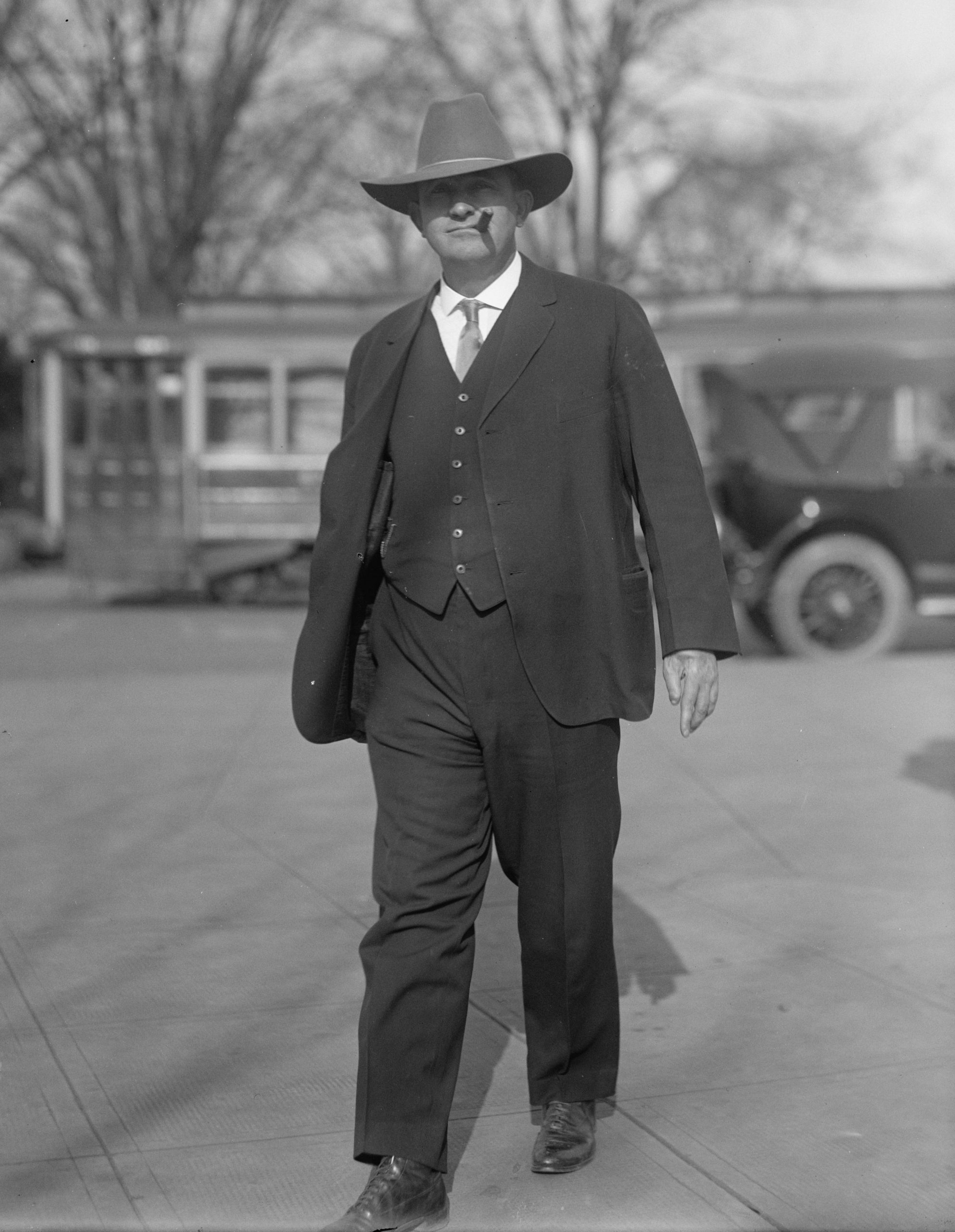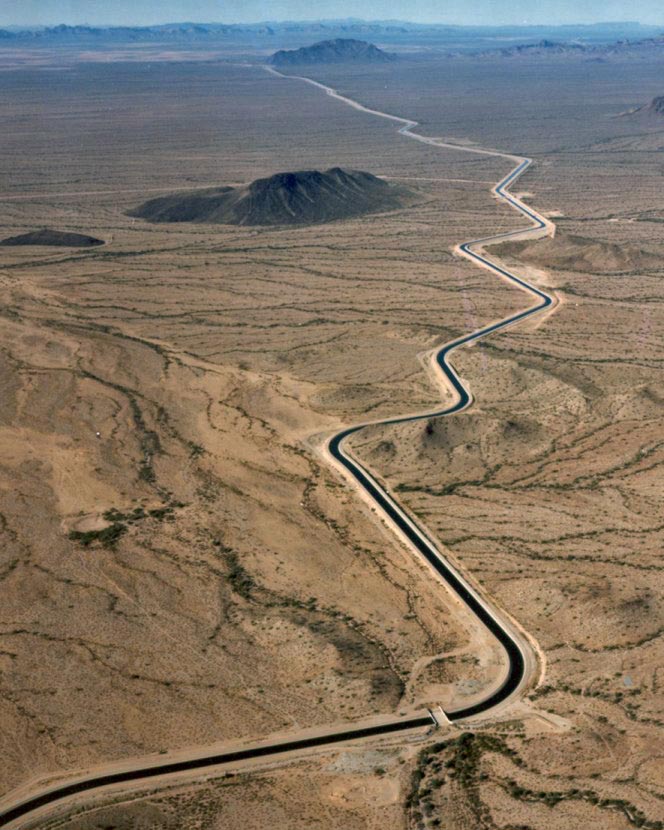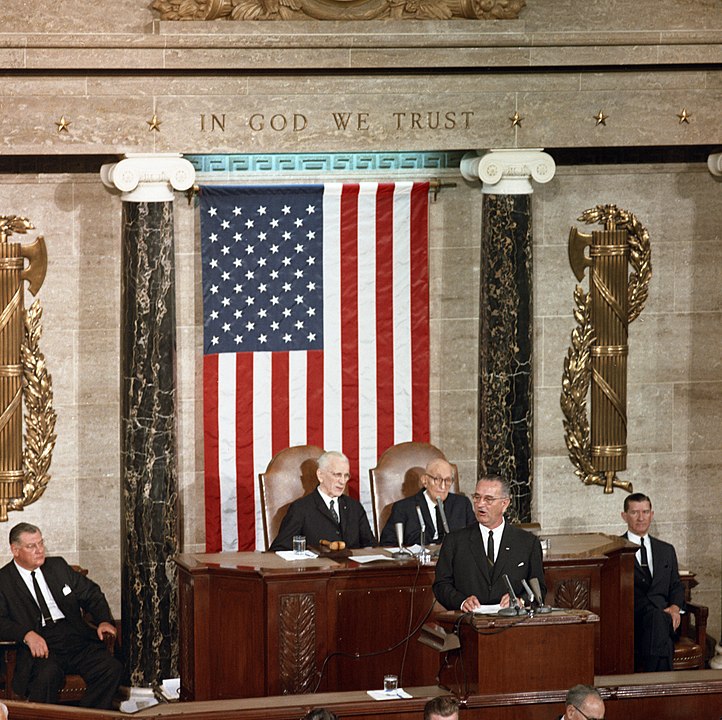Hayden had a natural understanding of the importance of water in the West. He knew the West’s greatest challenge with water was there was either too little or too much. As a child, he experienced the great flood of 1891; one of the largest floods known to hit the Phoenix area. This flood was so devastating that the frontier town was cut it off from communication with the outside world for three months. Farms, homes, bridges, and more were wiped out. Families were displaced and several people were killed by the raging torrent. Locals began to clamor more fervently for controlled sources of water. Hayden witnessed the destruction first hand which provided him with valuable insight on Western water issues.

Hayden also had the benefit of political longevity. He was so well regarded by the citizens of Arizona that his political career spanned an impressive sixty-seven years. He began his calling at the local level, serving in a number of local and county positions within territorial Arizona. When Arizona became a state in 1912, he was elected to the House of Representatives for seven terms. He then became a U.S. Senator in 1926 and remained there until he retired in 1969.
His support for consistent and reliable water resources in Arizona began with one of the first federal reclamation projects – the Salt River Project. The purpose of the newly-founded Reclamation Service was to “reclaim” arid lands by providing a regular source of water for irrigation. At the time the federal government believed that irrigation was at the heart of making land hospitable enough for settlers to move west. Without a reliable source of water, it was very tough for early pioneers to make a living.
Hayden was also successful in getting an engineering study completed for his Gila River constituents who wanted a piece of the Reclamation Service pie. This ultimately led to the construction of the Coolidge Dam on the Gila River and the San Carlos Irrigation District.
In the 1970s, he wrote and secured passage of a provision which allowed local water-user associations to ultimately take over the maintenance and operations of federal reclamation projects. This seemed to make life easier for the locals as well as the feds.
His ultimate water resource accomplishment would culminate when the Central Arizona Project was finally authorized through the Colorado River Basin Project Act in 1968. He carried forward a collective vision from the 1920s for a centrally located Arizona water project but met continued resistance by various factions and special interests both inside and outside of the state.

The history of the Colorado River water allocations is far too complex to express in a couple of paragraphs. Suffice it is to say that it took decades of committees, meetings, negotiations and eventually multiple Supreme Court cases to work through some of the water rights issues pertaining to the Colorado River.
The finalized Central Arizona Project would provide much-needed water for the rapidly growing state. The CAP is one of the nation’s largest and most expansive water resource projects. It flows an impressive 336 miles from the Colorado River’s entry point at Lake Havasu and ends about 14 miles south of Tucson. Its flow provides water to more than 5 million people.
Hayden’s support for western water projects also extended outside his home state of Arizona. Hayden supported Oregon with the Bonneville Lock and Dam and other water projects seeking to control the Columbia River. He also backed some projects in California, Arizona’s water nemesis, mainly because he saw the greater good that could come from such an approach. He helped secure federal funding for northern California’s Central Valley Project and supported southern California’s Metropolitan Water District.
Bruce Babbitt, former U.S. Secretary of the Interior and former Governor of Arizona may have summarized Hayden’s career contributions the best when he stated: “Westerners living in the modern era and those of future generations (will) always be indebted to Hayden for his help in bringing life-giving water to arid lands and the countless benefits that flow from multiple-use developments of the river resources of the western United States.”*
Other Arizona-related articles you might find interesting:
- Celebrate AZ Water: 50th Anniversary of the Colorado River Basin Project Act
- Arizona Water Pioneers – Part 1 | Jack Swilling
- Arizona Water Pioneers – Part 2 | William Beardsley


